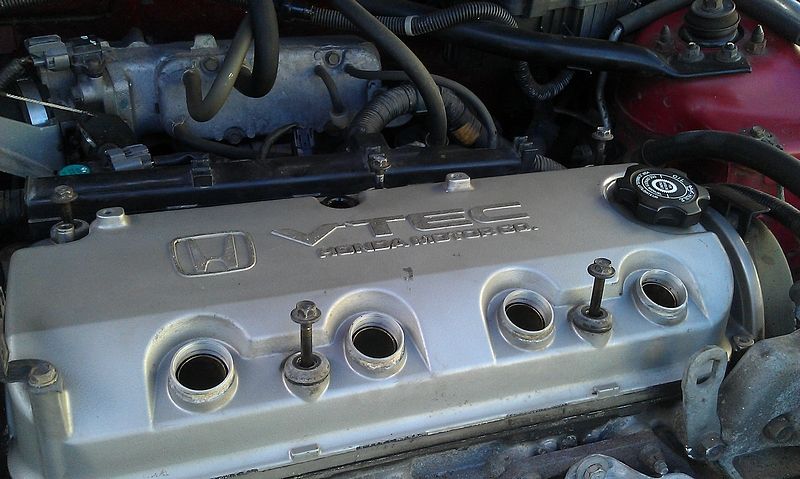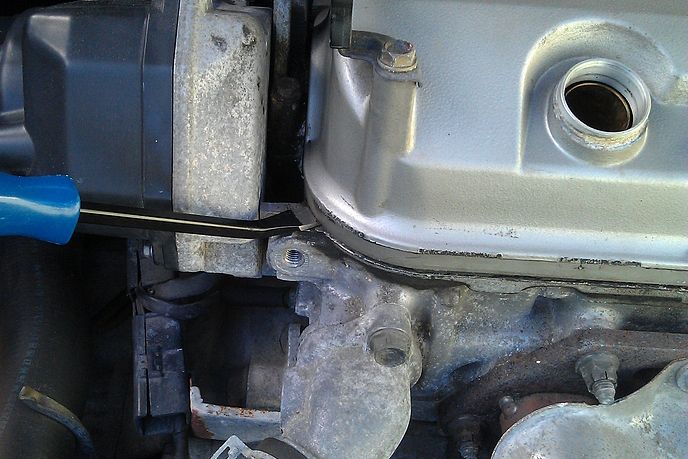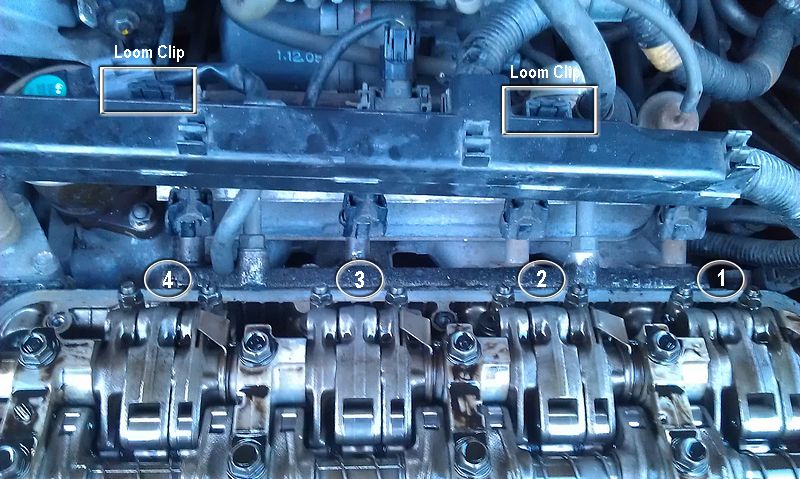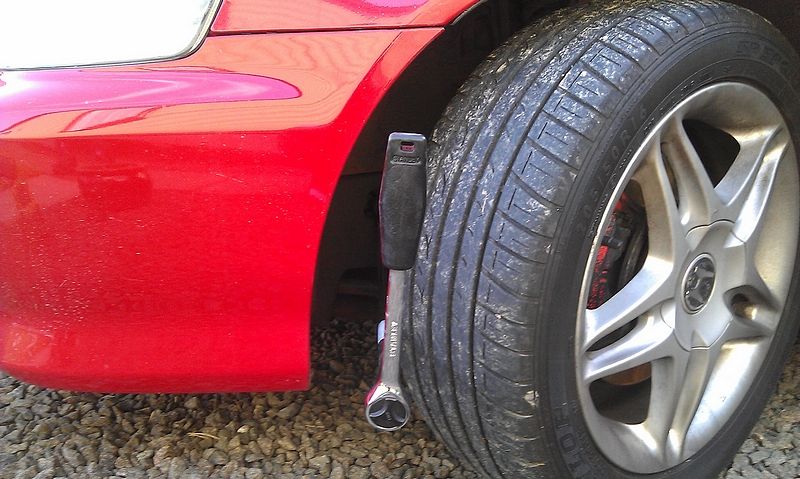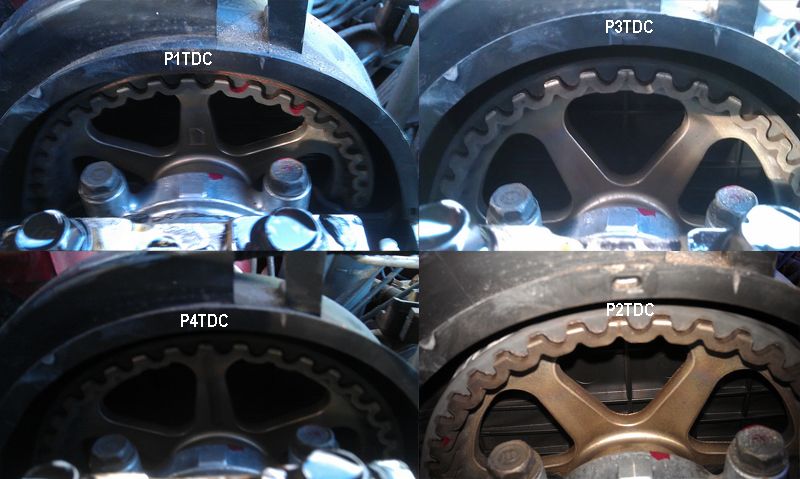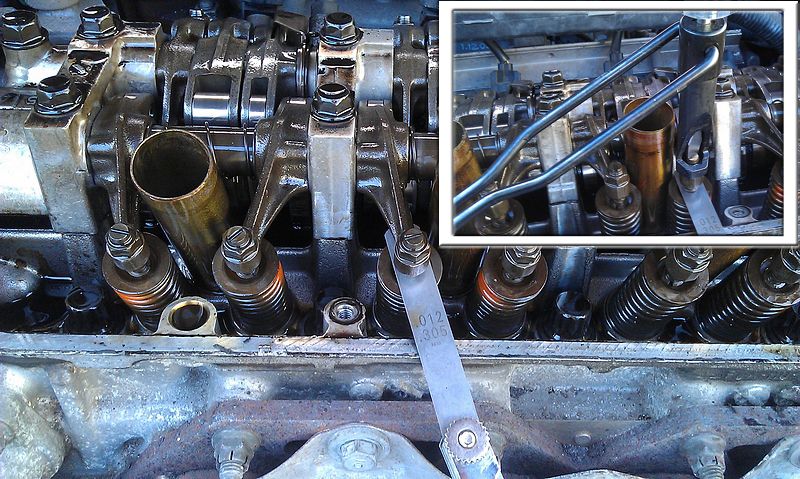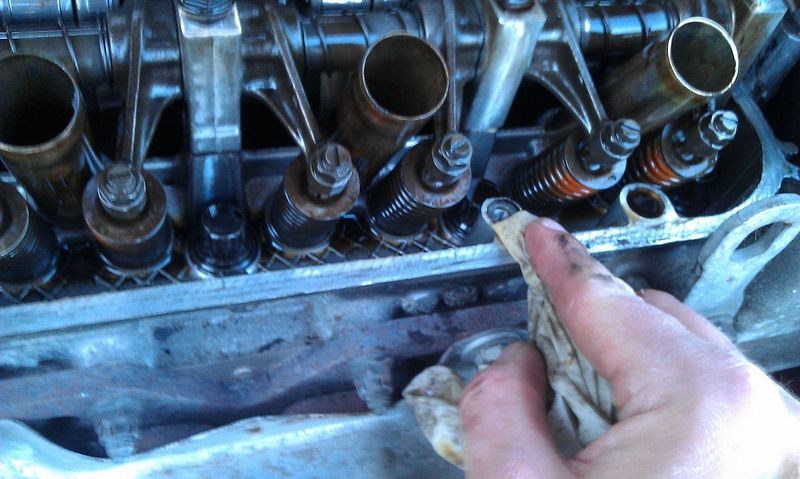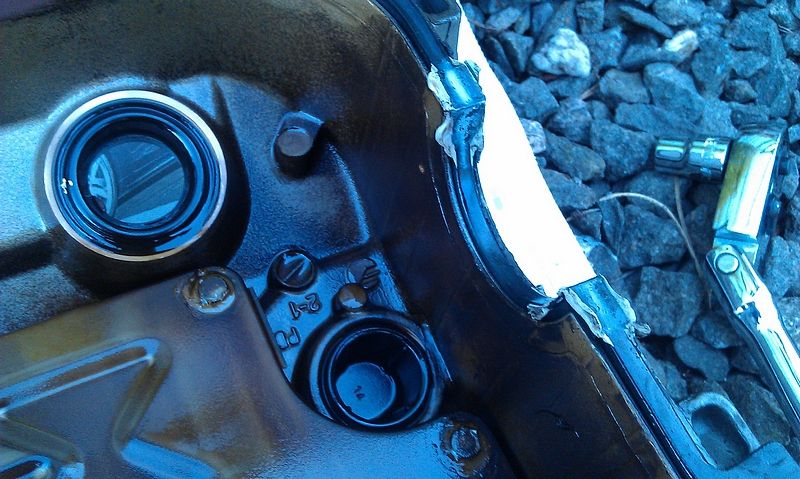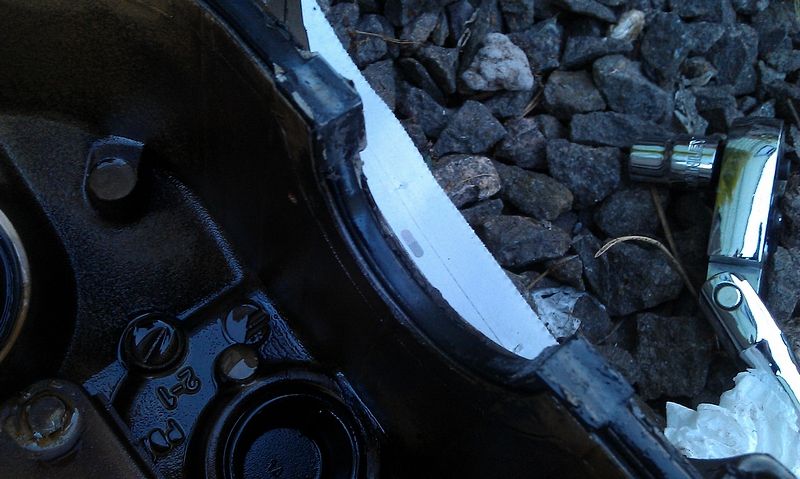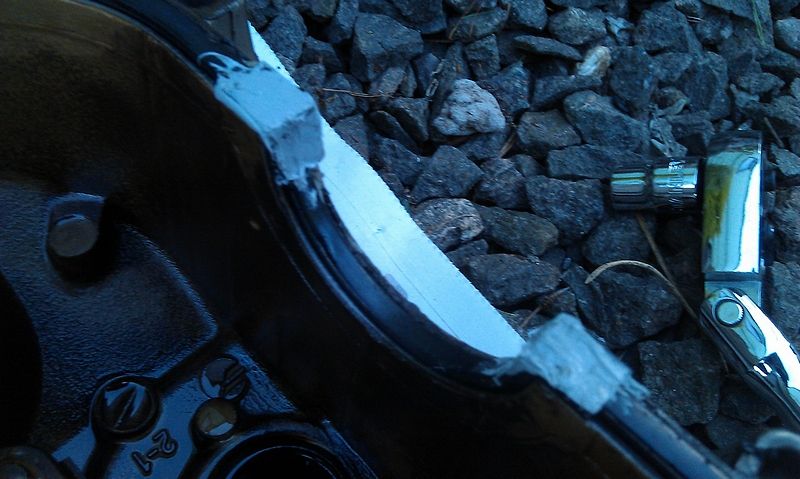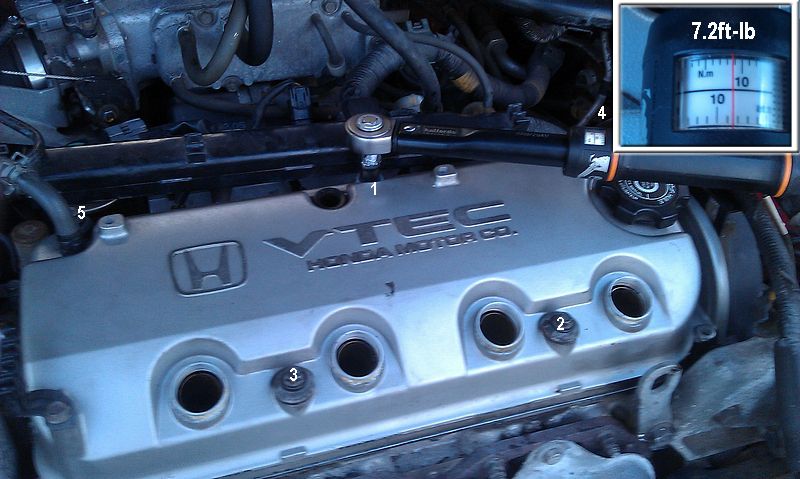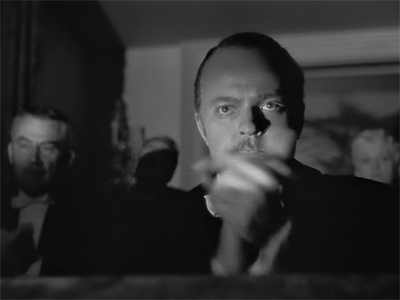SOHC F18B2(f18b3,f20b6) Valve Clearance Howto
This is my 6th Generation SOHC F18B2(f18b3,f20b6) Valve Clearance Check and Adjust including Spark Plug Inspection.
This guide is quite image heavy and has a seemingly extensive tool selection, although you could get away with a few less than I have listed in order to complete the job. Some tools are duplicated like the feeler gauges and 10mm spanner/socket. I was going to separate the Spark Plug section onto a separate Howto but decided to leave them in as a complete procedure.
I was able to complete the job without the need for raising the vehicle by using a long 500mm wobble extension bar. If you don't have this or can't stack a few wobble extensions together you will need to get the jack and axle stands out and nearside (passenger-side) wheel off.
Remember to securely support any lifted vehicle.
http://www.hse.gov.uk/pubns/indg434.pdf
The adjustment must bedone on a cold engine 38°C or less so before you proceed ensure the engine is preferably stone cold.
Another crucial point to be aware of is the official recommendation to re-torque the crank bolt to 181ft-lbs after the procedure is complete.
I have two of the three Halfords Pro Torque wrenches but not the larger one to cover this torque spec. Having watched and read howtos on cracking Honda Crank Bolts,requiring acetylene or the pulley holding tool and breaker/cheater bars up to 5feet in length with mechanics swinging or jumping from the end of them I formed the opinion that my 10inch ratchet would cause no problems.
Tool List.
1.Feeler Gauge Straight (Amazon.co.uk Laser)
2.Feeler Gauge Offset (Amazon.com CTATools)
3.Long Bent Nose pliers (Amazon.com Tekton 3491)
4.Honda Liquid Gasket(davidsilverspares.co.uk{excellent price at the time})
5.Draper ½” 500mm Wobble ExtensionBar (Amazon.co.uk)
6.Halfords ½” 19mm Impact Socket
7.Stanley ½” Ratchet (Screwfix)
8.Penetrating Spray (unused)
9.Halfords Professional Torque Wrench 8-60Nm
10.Draper Pry Bar (Amazon.co.uk)
11.Halfords 3/8” FlexiRatchet
12.Gearwrench 10mm Long Pattern offset/ratchet spanner (Amazon.com)
13.Halfords 3/8” 250mm Wobble Extension Bar
14.Stanley Spark Plug Socket 16mm
15.Halfords 3/8” 10mm socket
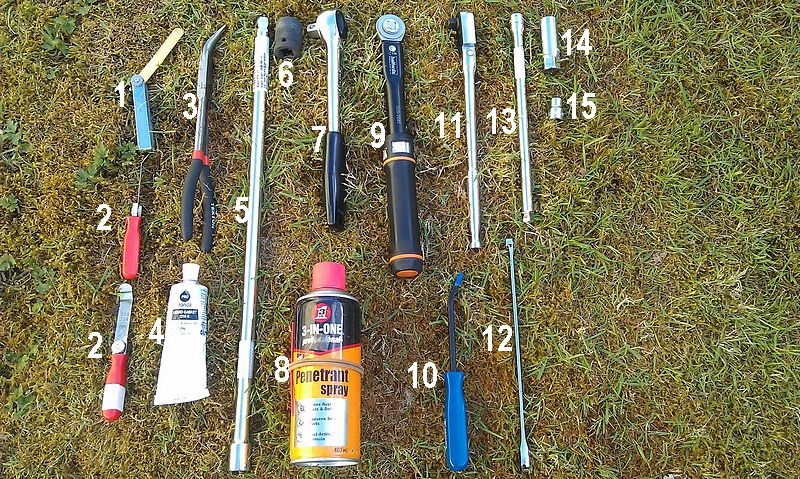
cont' Valve Tools
16.Flat Screwdriver
17.10mm ring spanner
18.Powerbuilt Jam Nut Adjustment Tool 10mm (Amazon.com Alltrade 648827)
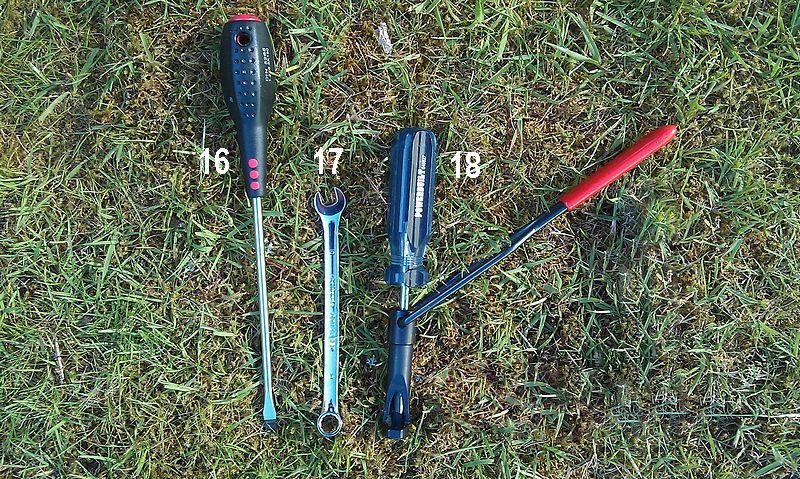
Accessing The CrankBolt.
It might be wise to test that your extension bar(s) and socket fit eliminating the need to follow the raising and securing the vehicle procedure.
I found it easier to place the socket on the crank bolt by hand, then inserted the extension bar into the socket. With the 15degree off-axis rotational capability it allows you to turn the crank even with the wheel still on the car. The wobble feature is effectively acting as a small UV/CV joint.

Engine Bay.
The primary ancillaries of the rocker cover in this howto are highlighted below. I usually unclip a couple of the HT Leads from the plastic clips/guides just for a bit more freedom of movement when removing them.
You will be undoing 5 bolts and removing 4 HT Leads and two breather hoses then the rocker cover itself. The bolts once fully unscrewed from the head, can be left in the rocker cover. The rubber washers/seals will hold onto them whilst you lift it away.

Spark Plug removal.
I decided to remove the spark plugs in order to make the crank shaft rotation easier. With the plugs removed the compression stroke is negated as the air will escape through the opening left by the plug allowing the engine to freely rotate.
I usually start by cleaning around the leads and rocker. Might seem unnecessary but I want to reduce any debris falling down the Spark Plug channel then into the cylinder.
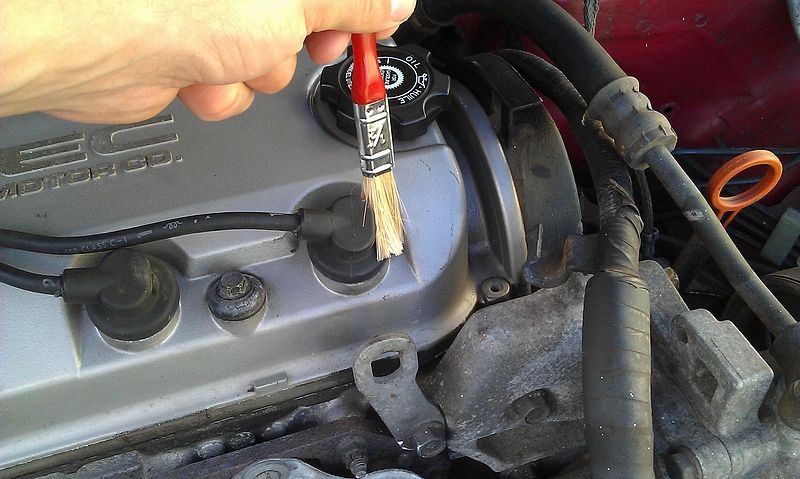
Once you are happy its clean you can grab the around the middle and twist it back n forth then pull it up and out.
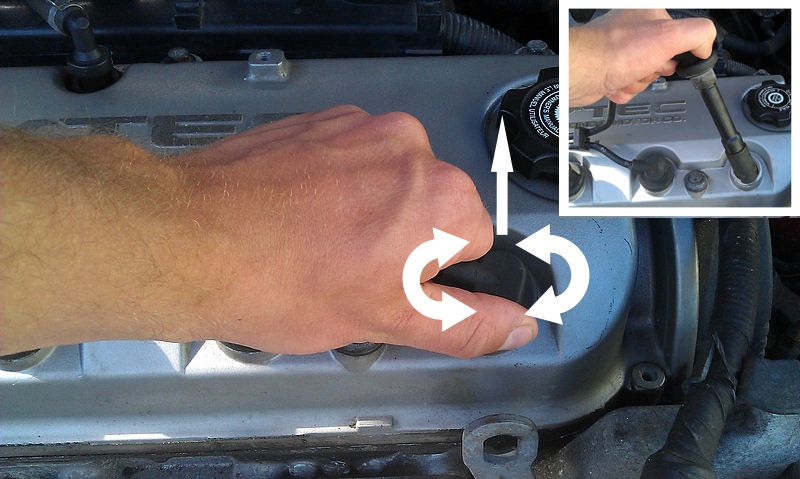
Now the HT lead is out, the top of the Spark Plug will be visible down inside the sleeve.
I use a 250mm extension bar and spark plug socket. This socket has a rubber sleeve/retainer inside which will hold the Spark Plug Insulator. You will feel some resistance as this slips over it, but keep on going and eventually the socket will seat on the hex collar with a positive action. Once seated, I'll just crack it with the ratchet then spin it out by hand then lift it up. The plug needs quite a few revolutions before it is free, maybe about 10 full turns.
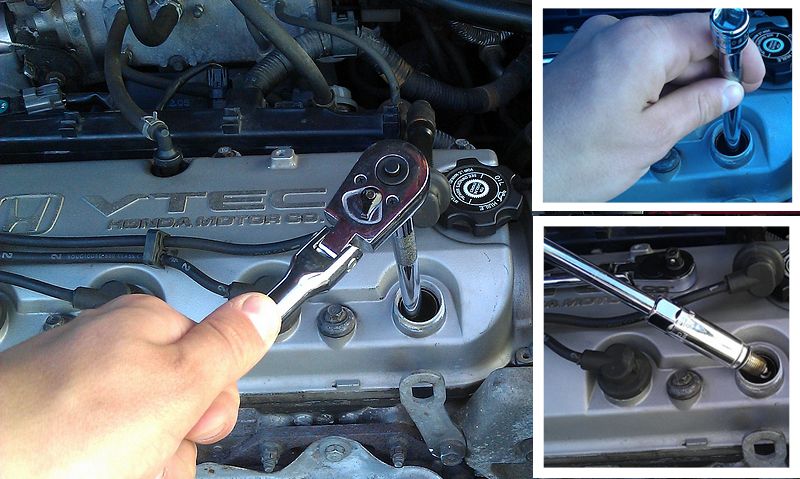
Once the plugs are out I'll wrap them in paper roll as they will be going back into the engine. I like to keep the plugs from contaminants and also in cylinder order so I can give them a quick inspection prior to re-installing them.
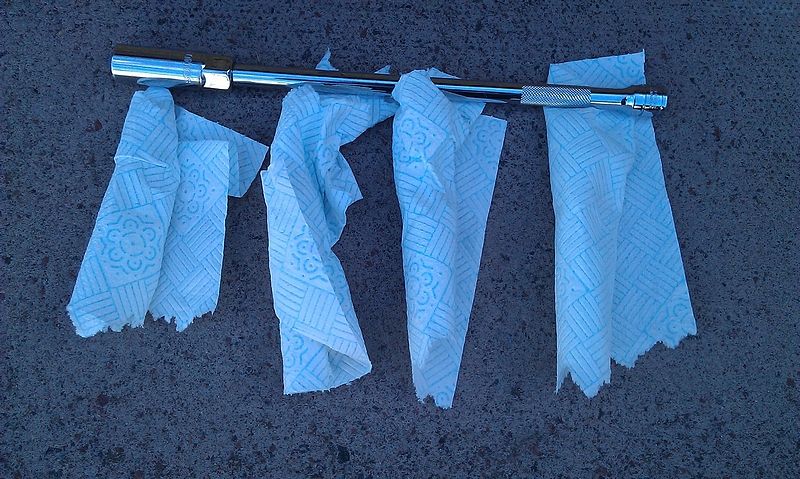
Condition Guide NGK Spark Plugs USA



